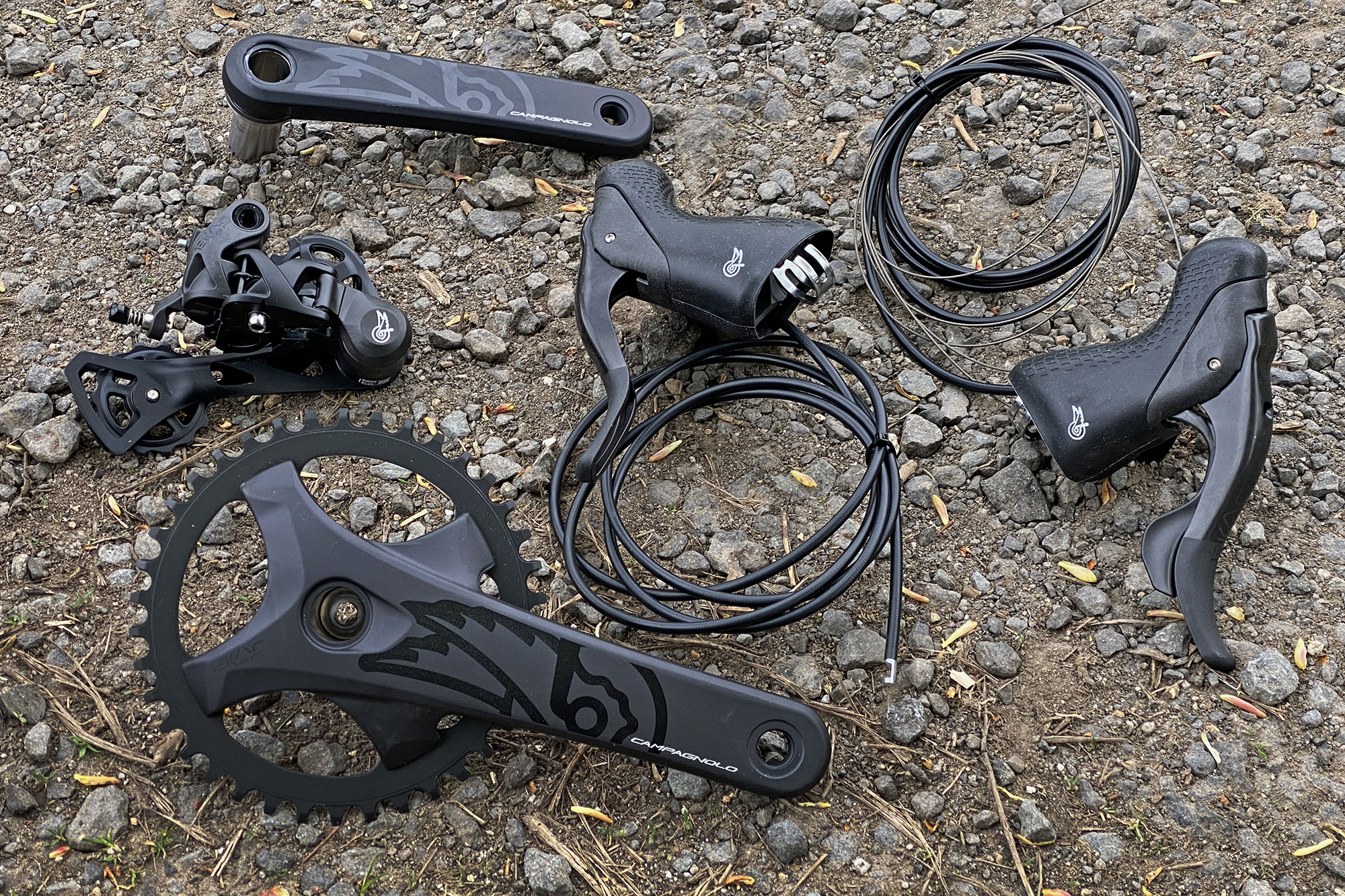Billed as a more affordable option for gravel riders and even offering wider gearing range, we have now gotten our greasy hands on the new Campagnolo Ekar GT gravel bike groupset to check out its actual weights. And to our pleasant surprise, not only are Campy’s weight claims more realistic for the new GT group than they were on the original Ekar. There are actually some lighter components in the new Ekar GT groupset! Plus, a lot of shared components. And really the only weight penalty is in the aluminum crankset.
Under 3kg, there looks to be some great performance value in the new Campy Ekar GT setup!
Campy Ekar GT 13sp component breakdown – Actual Weights
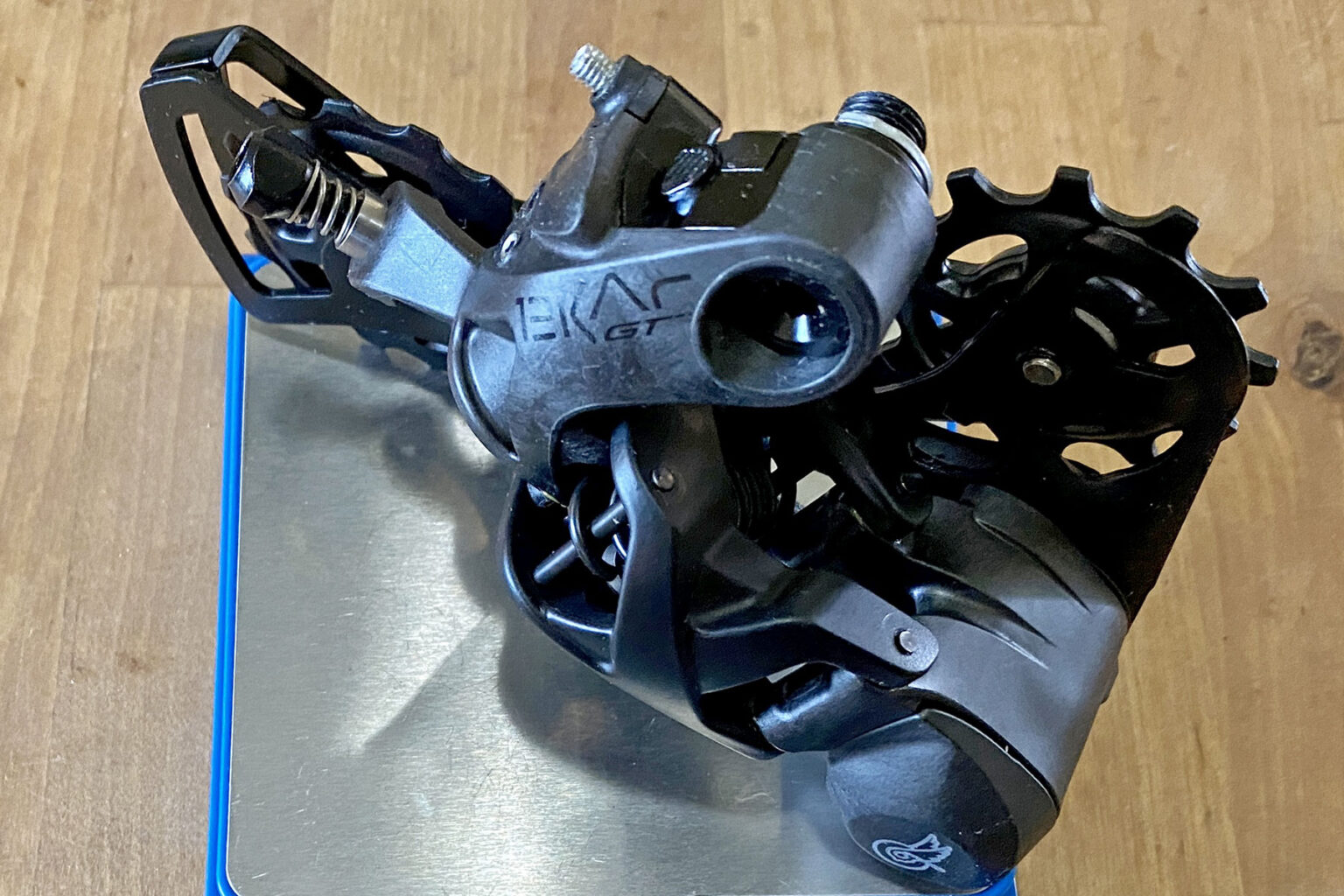
Earlier at the start of this season, Campagnolo rolled out a second complete gravel groupset. Again designed in Italy and manufactured entirely in the EU, this new Campy Ekar GT groupset sells for 1490€. That’s a 210€ savings off the original Ekar.
What makes it cheaper was said to be a simplicity of materials that would mean higher weight. It is now claimed to be 2700g for a complete groupset, 315g more than Ekar’s original claim. But it turns out there are very few heavier components in the new Campy Ekar GT group compared to regular Ekar. And Campagnolo Ekar GT weight claims are much closer to our actual measured weights vs. Ekar’s real weights.
Plus, we’ve always been a bit wary of manufacturer claims for complete groupset weights. They do things like weighing the lightest smallest (hardest) cassette, paired to the smallest (easiest) chainring, the shortest crank arms, the lightest BB cups and shortest mounting bolts, then invariably leaving out essentials like brake pads, hydraulic fluids, cables, housing, or ferrules. And we want to know what it actually weighs.
Campagnolo Ekar 1×13 was said to be the lightest gravel groupset on the market. And frankly on paper, this one isn’t far behind. So how does Ekar GT weigh in against that OG Ekar. And how does it compare to the latest from Shimano and SRAM?
Campagnolo Ekar GT alloy 1x crankset
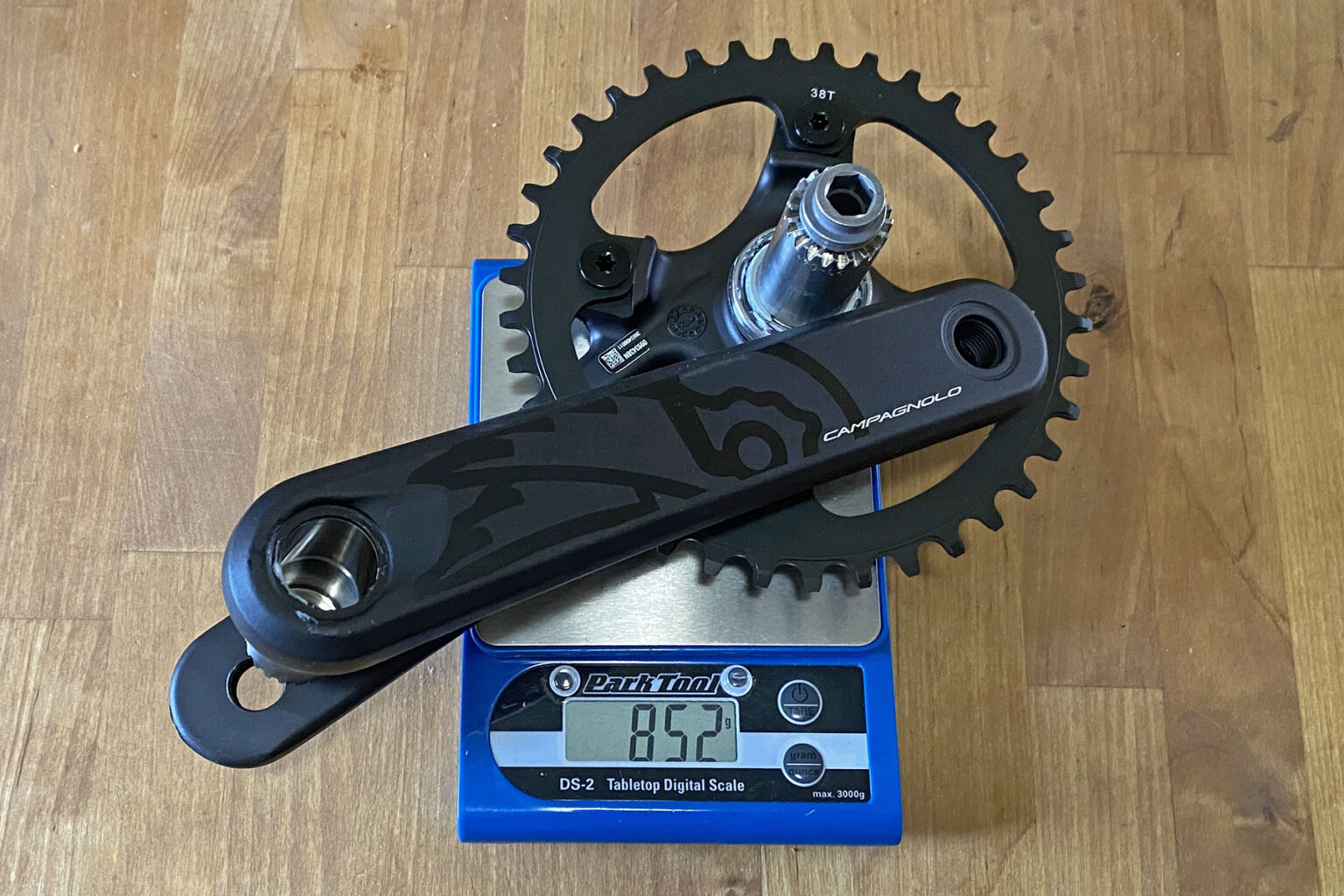
Let’s start with the simple forged aluminum Campagnolo Ekar GT crankset as this is really where almost all of the weight was gained, and likely where Campagnolo saved a bunch of money. At a claimed 850g, our 172.5mm cranks with the little 38T chainring were just 2g heavier.
When I tested the original Ekar group’s hollow carbon crankset, it was 228g lighter. This is where you could easily save weight if you wanted to pick a different crankset beyond Campy Ekar GT. And frankly, if you built a bike up with Ekar GT components and a separate lightweight crankset, you could get improved performance compared to the original Ekar for less money and maybe lighter weight overall.
Ekar GT 172.5mm x 38T: 850g claimed; 852g actual.
Campagnolo Ekar GT revised 13-speed rear derailleur
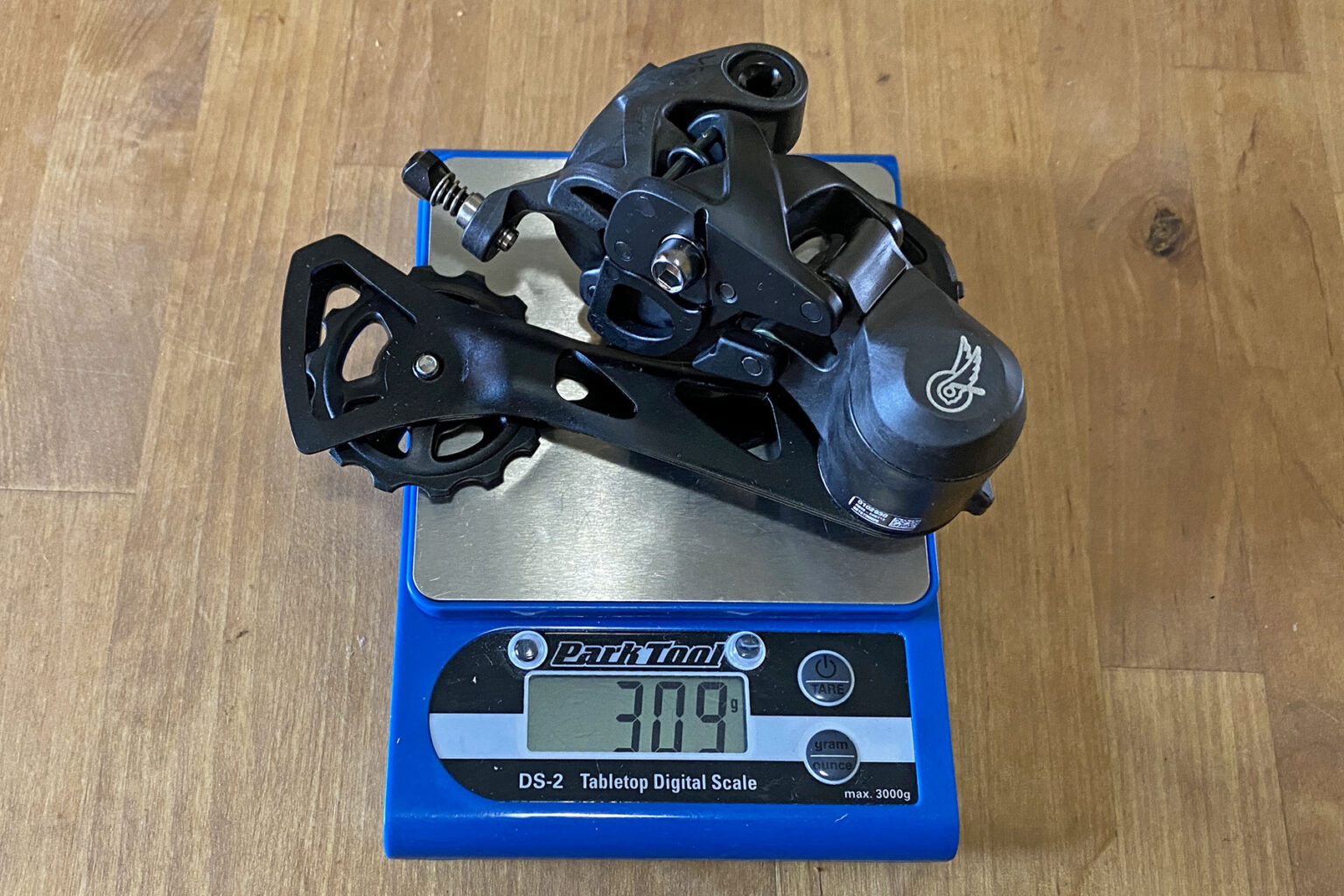
Here’s the only other component that’s actually heavier in Ekar GT vs. Ekar. Campagnolo claims the new Ekar GT rear derailleur is 310g, 35 more than the original. Ours was again one gram lighter than claimed.
What’s changed here seems mostly cosmetic – the materials are essentially the same. Just an outwardly simpler clutch mechanism. But very importantly, the new Campy Ekar GT has a longer cage that is compatible with bigger cassettes for wider gearing ranges. And it uses a more conventionally open derailleur pulley design that is going to be much easier to keep clean.
Functionally, both of these are big improvements. And totally worth a few extra grams in my book.
Ekar GT: 310g claimed; 309g actual.
Campagnolo Ekar GT weight savings! Lighter, cheaper 13-speed cassettes?
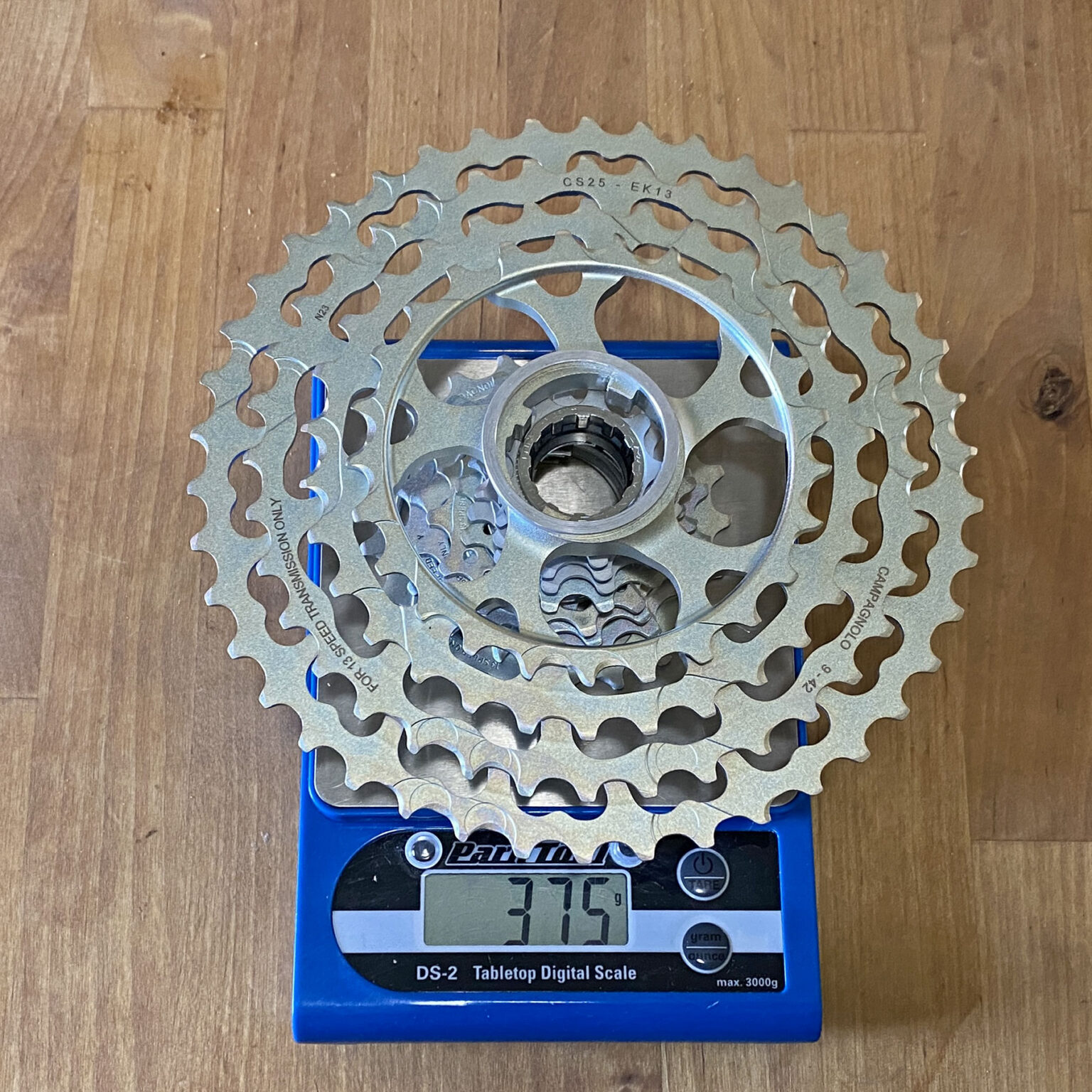
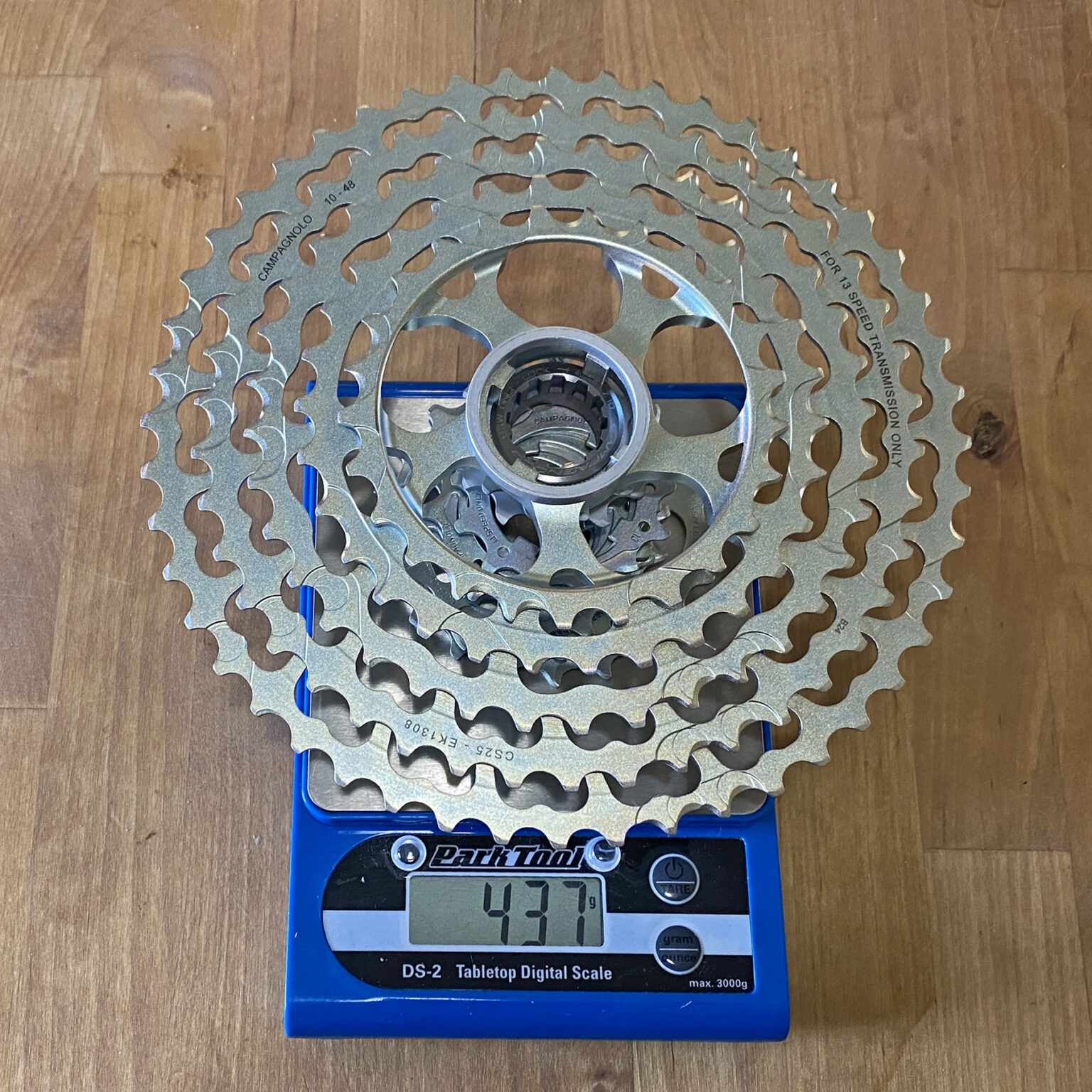
The first important note in Campagnolo Ekar GT cassette news is the addition of the all-new 480% range 10-48T cassette. It’s not quite a SRAM Eagle 10-52T or Shimano GRX 10-51T. But it’s getting a lot closer – up from Ekar’s 467%. Baby steps, I guess.
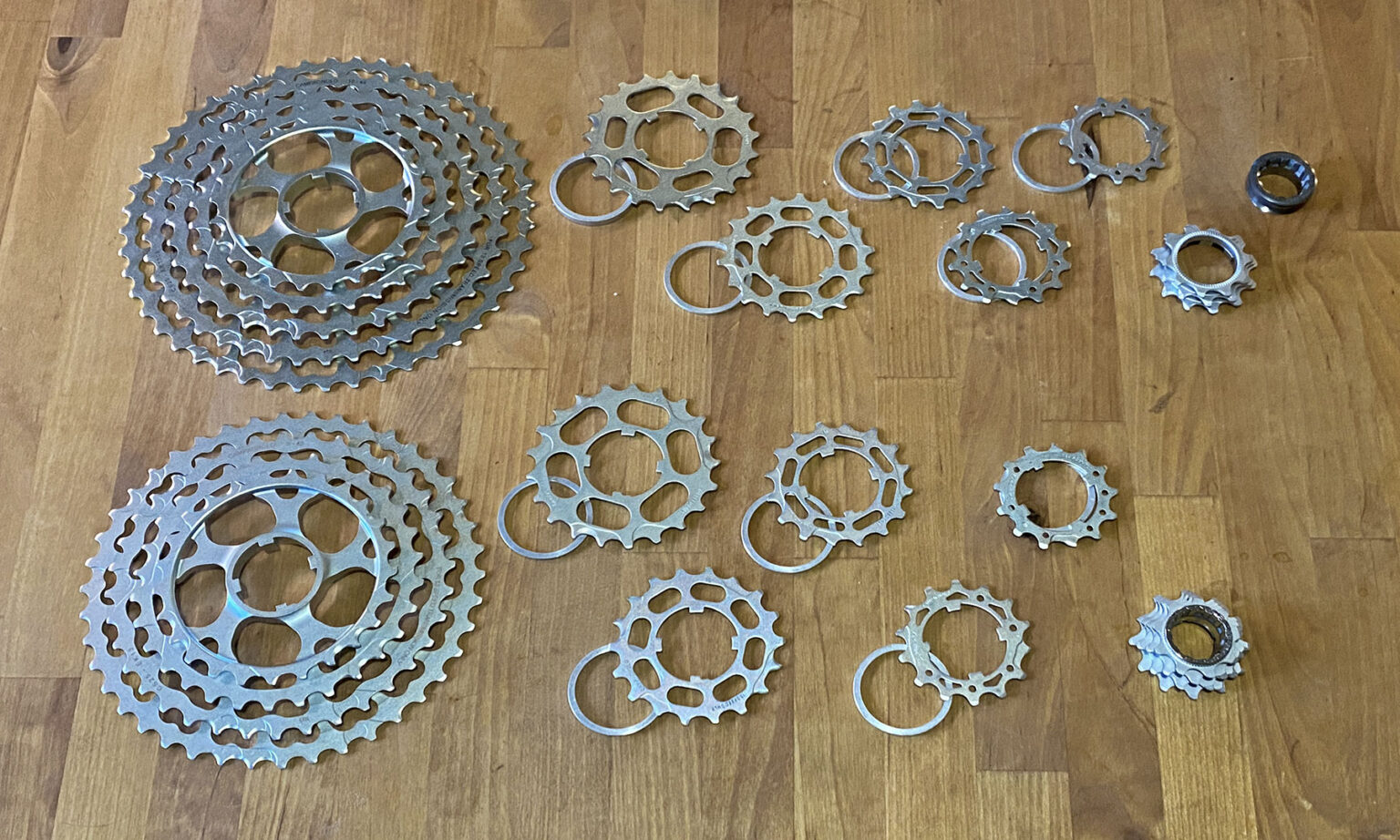
A closer look reveals a sneaky improvement. The new Campagnolo Ekar GT N3W 13-speed cassette options are claimed to be as light or lighter than Ekar. They use a more conventional construction with the biggest 4 or 5 cogs and the smallest 3 or 4 cogs machined out of a single monoblock of steel. Then, 5 stamped steel cogs and alloy spacers in between.
I haven’t been able to confirm official Ekar vs. Ekar GT cassette pricing. But the new Ekar GT 9-36T is the same 340g as before. Ekar GT’s new 9-42T is 10g lighter at 380g, and new 10-44T is 15g lighter at 400g. The all-new 10-48T claims to be 435g.
Ekar GT 9-42T: 380g claimed; 375g actual. 10-48T: 435g claimed, 437g actual.
Campy Ekar GT 1× 13-speed Ergopower levers & brakes
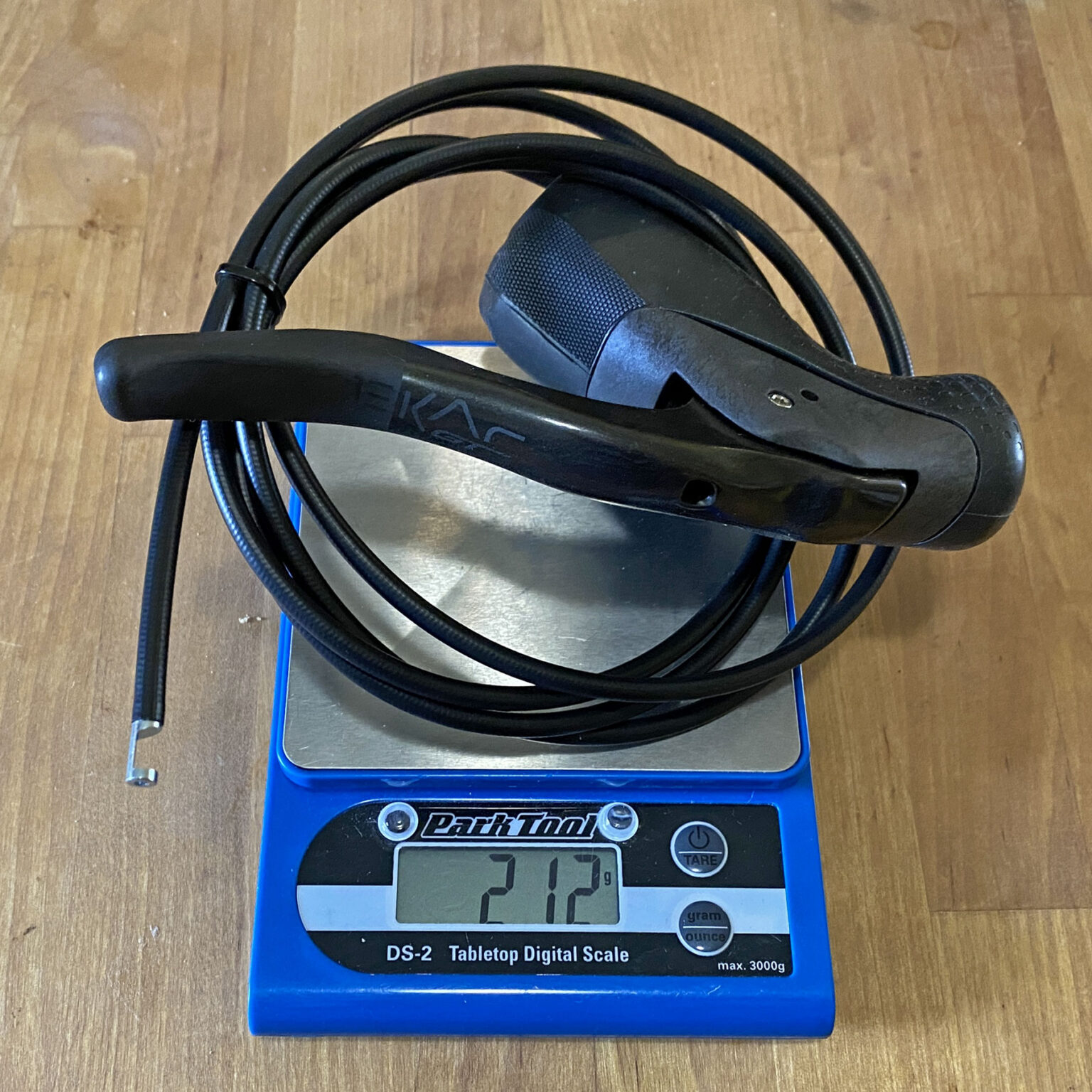
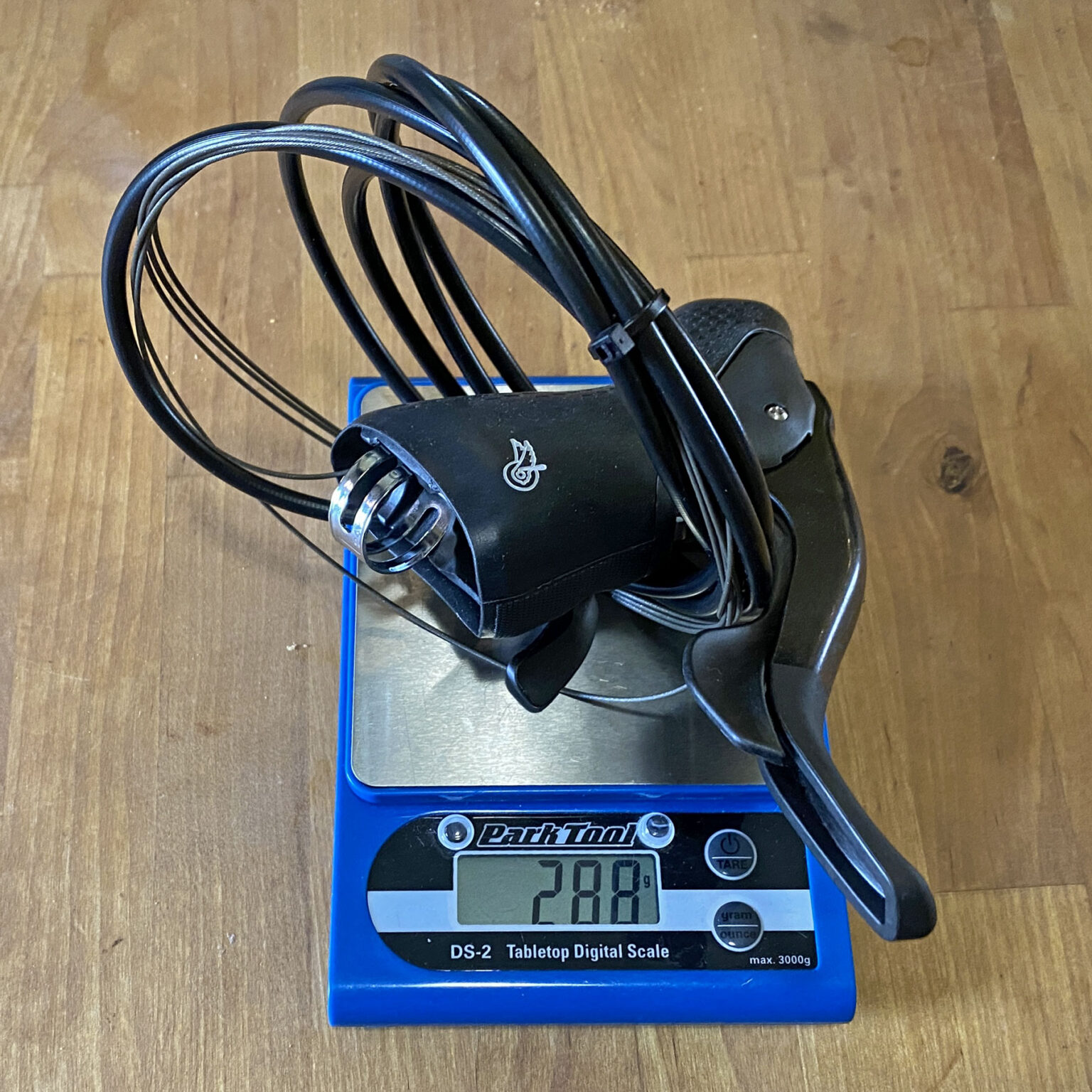
Officially, a pair of Ekar GT Ergopower levers should weigh more than Ekar. But it’s a wash on our scales. Campagnolo claims the righthand set with the shift and brake lever body, combined with a connected universal brake body to be 420g. While the left hand which has no shifter internals to be 340g with a brake caliper attached.
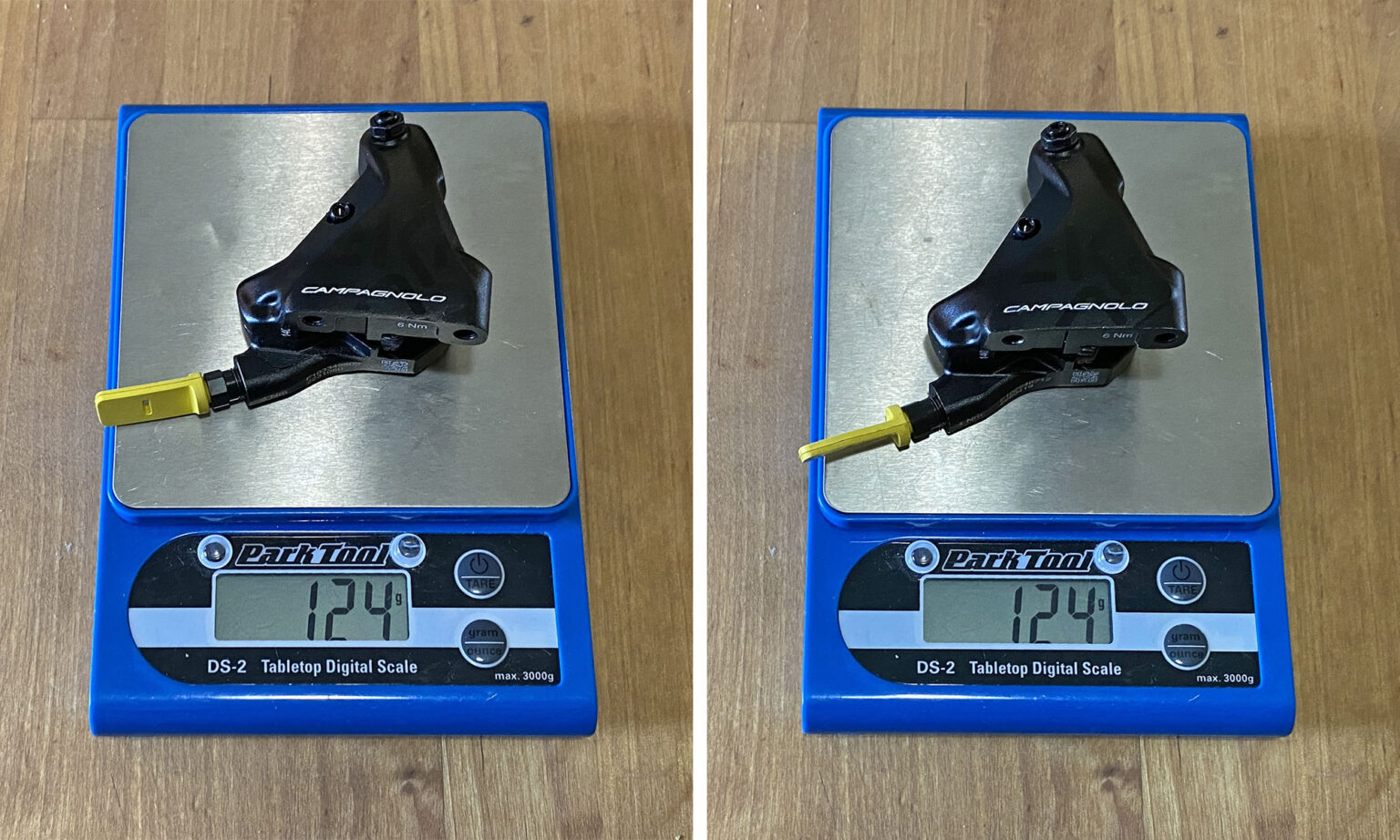
Both front and rear of Ekar GT share the exact same Ekar hydraulic disc brake caliper. So, the exact same braking performance.
Combined, our Ergopower + brake sets were just a few grams lighter than Campy claims.
When I weighed the same Ekar righthand set back in 2020, it was 70g more than this one. What makes up that difference? It’s the weight of the shift cable housing that Campagnolo seems to have ignored from their weight tables. And uncut full-length of housing and 3 ferrules weighs 73g. I’m pretty sure that will balance out when I build up a bike.
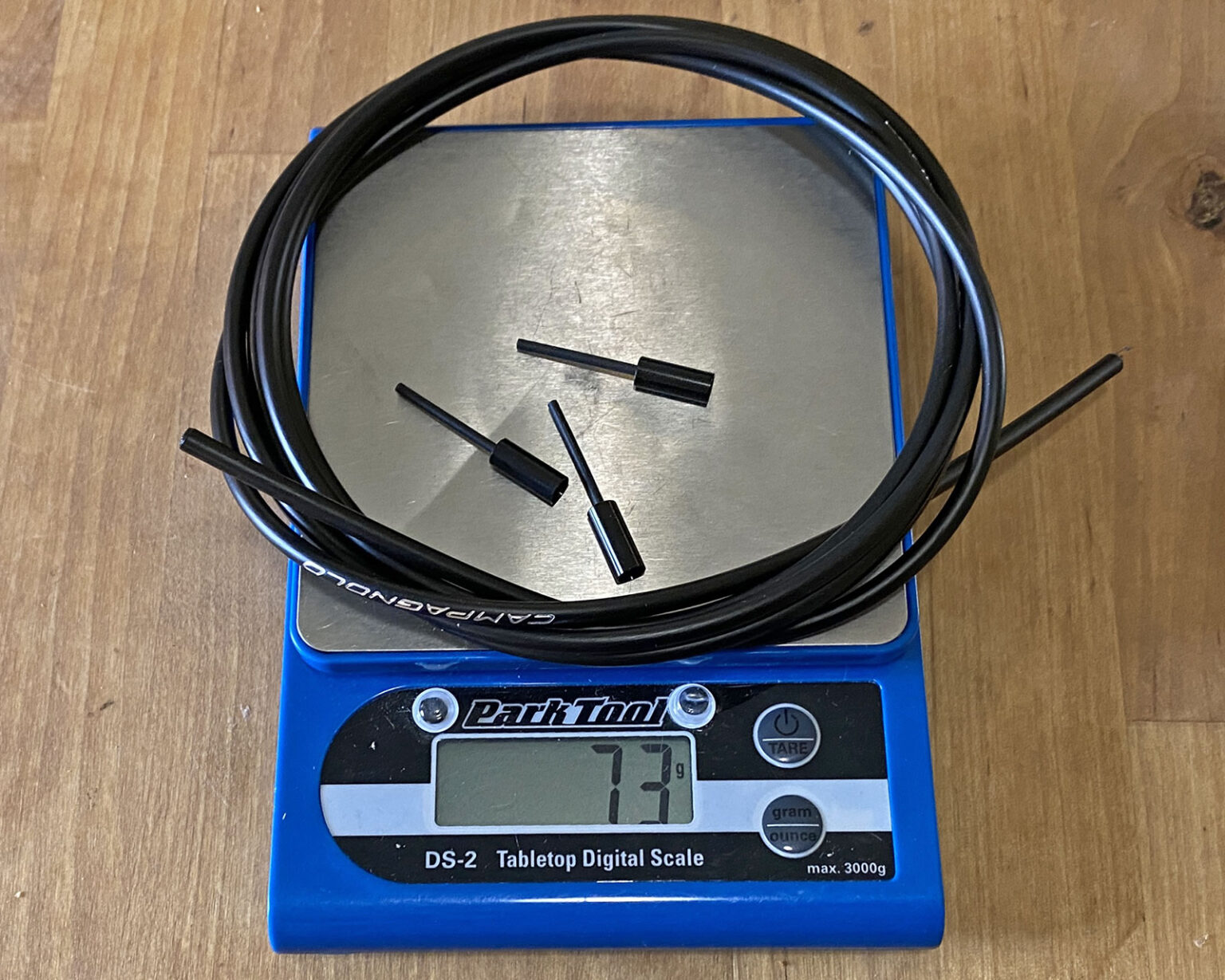
My verdict? I suspect that outside of a revised hood shape, I think the new Ekar GT Ergopower controls are the same as the original Ekar version.
Ekar GT lefthand Ergopower with brake: 340g claimed; 336g actual. righthand Ergopower: 420g claimed, 412g actual. Plus housing: 73g actual.
Campagnolo Ekar rotors & brake hardware
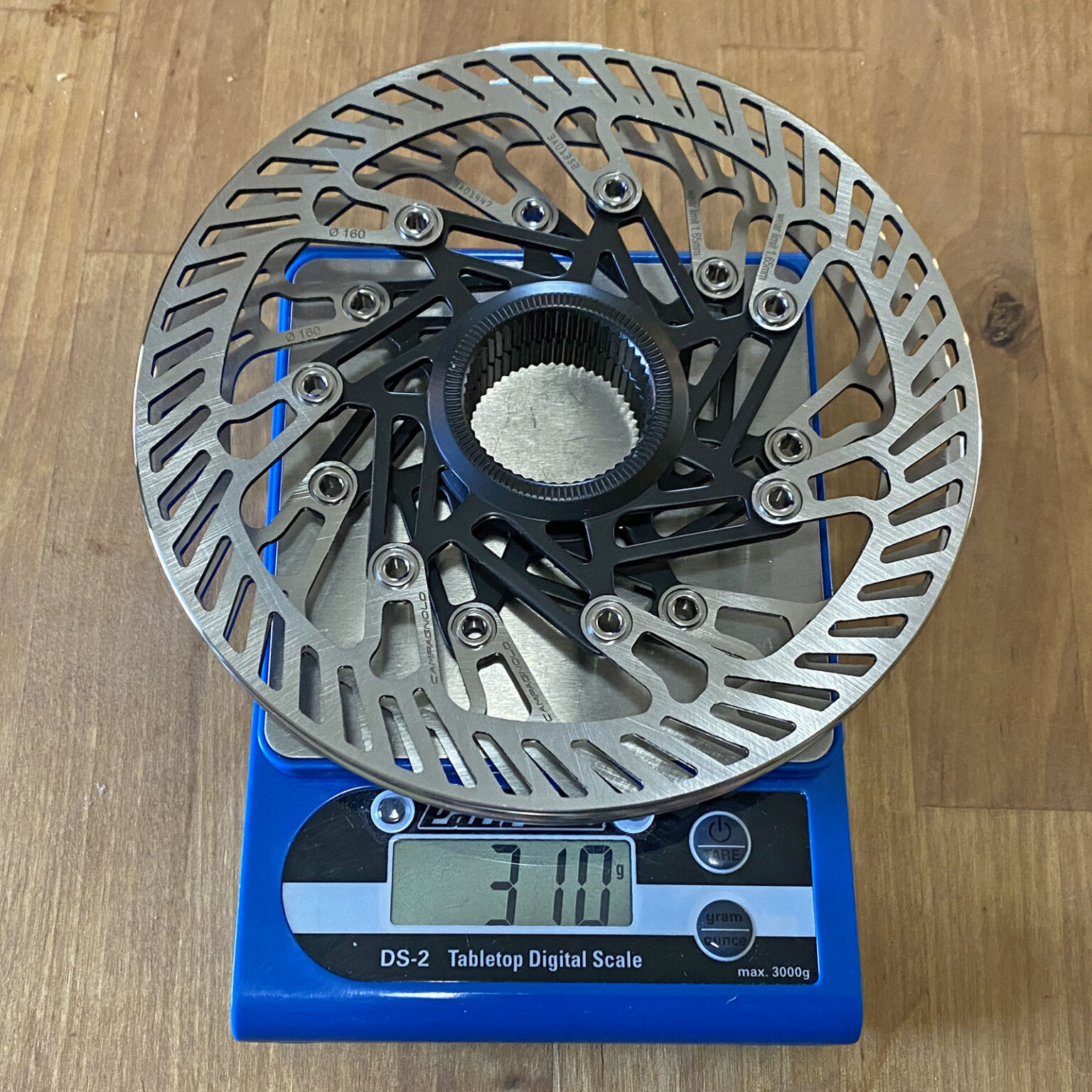
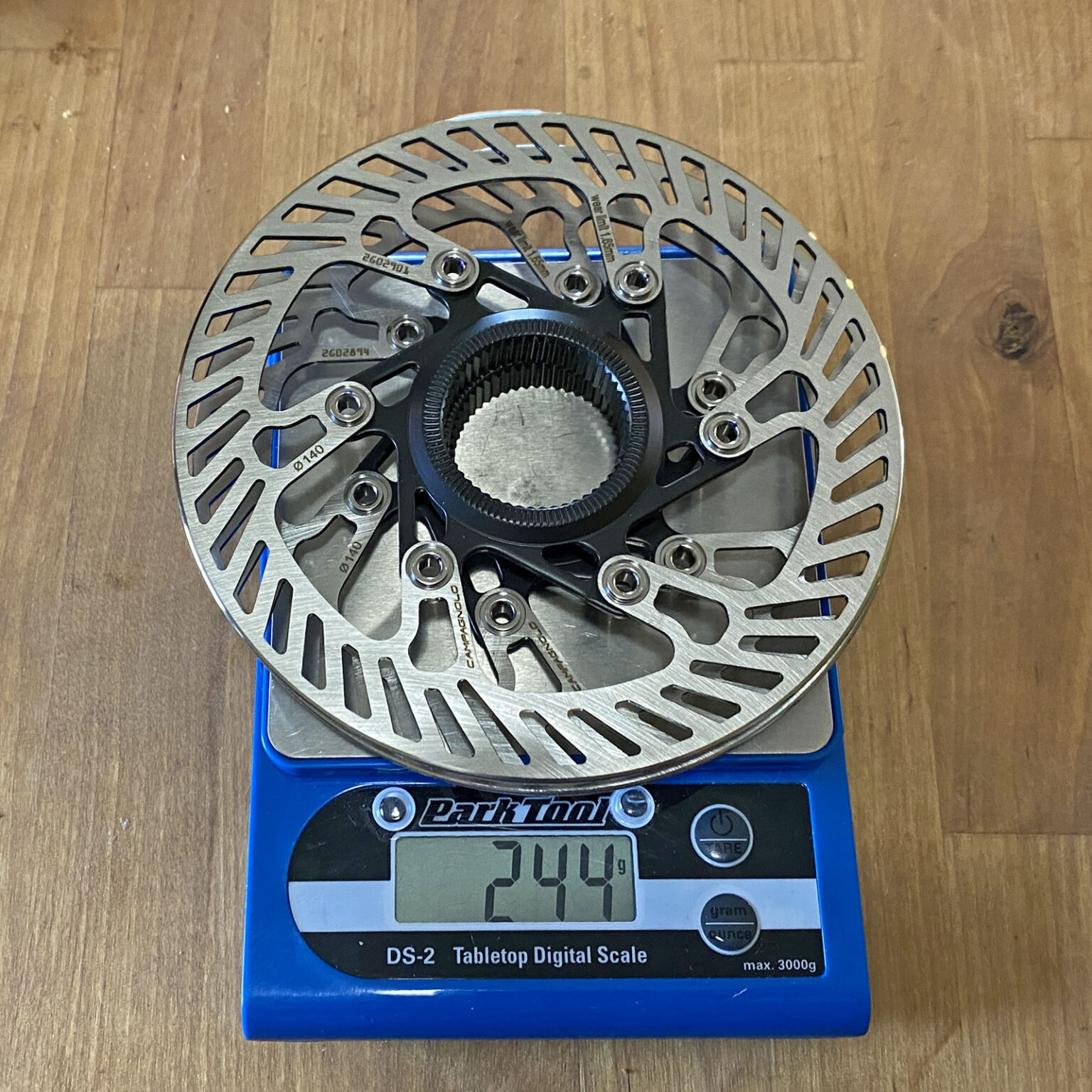
All of the Campagnolo Ekar GT braking system is exactly the same as Ekar. It doesn’t even get any different graphics. Steel carrier rotors are claimed to weigh 157g in 160mm and 123g in 140mm diameters. And our real weights were just under that. As with Ekar, it’s easy to save weight here by picking the road rotors of Chorus/Record/Super Record with their alloy carriers, saving 38g or 24g per rotor, respectively.
Ekar 160mm rotor: 157g claimed; 155g actual. 140mm rotor: 123g claimed, 122g actual.
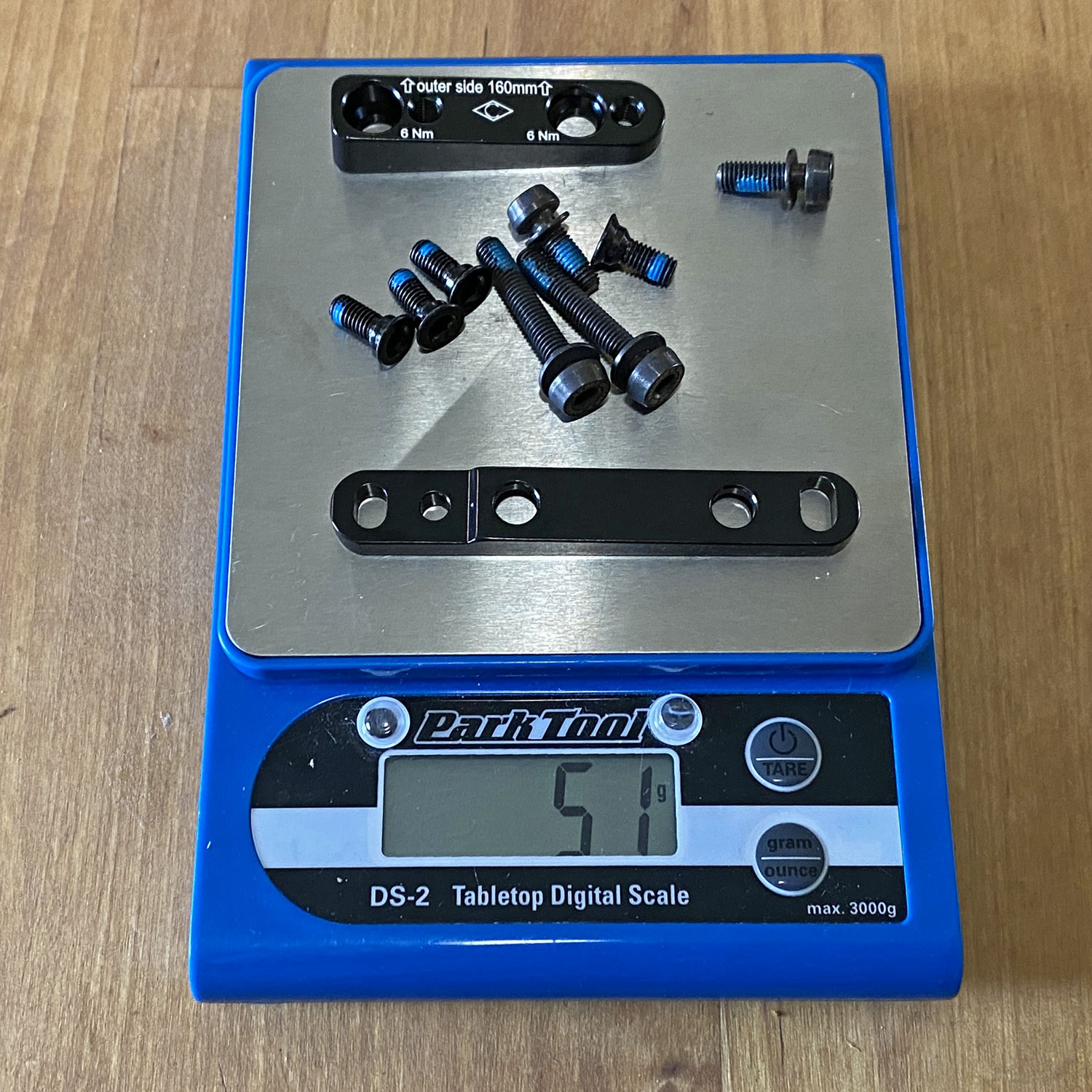
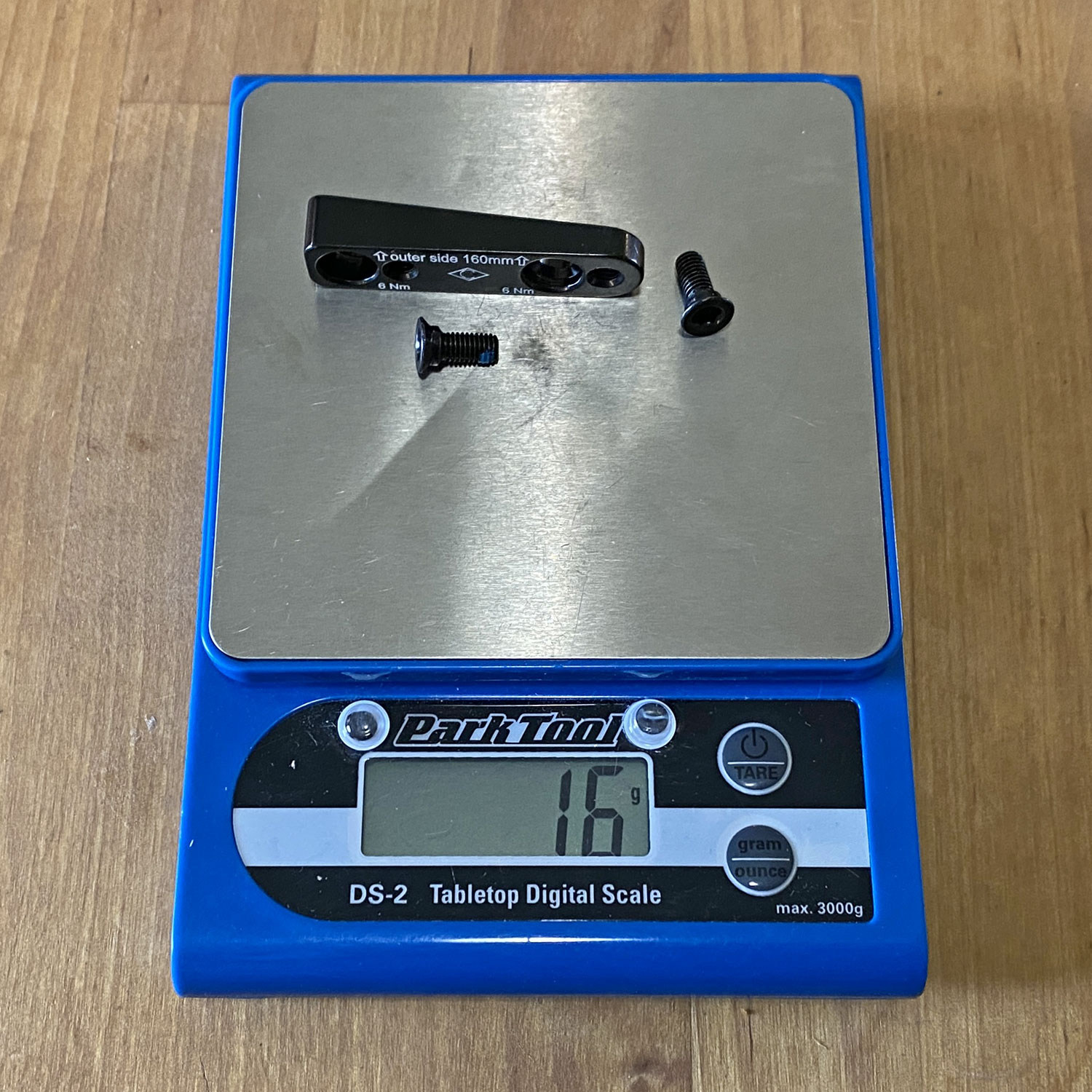
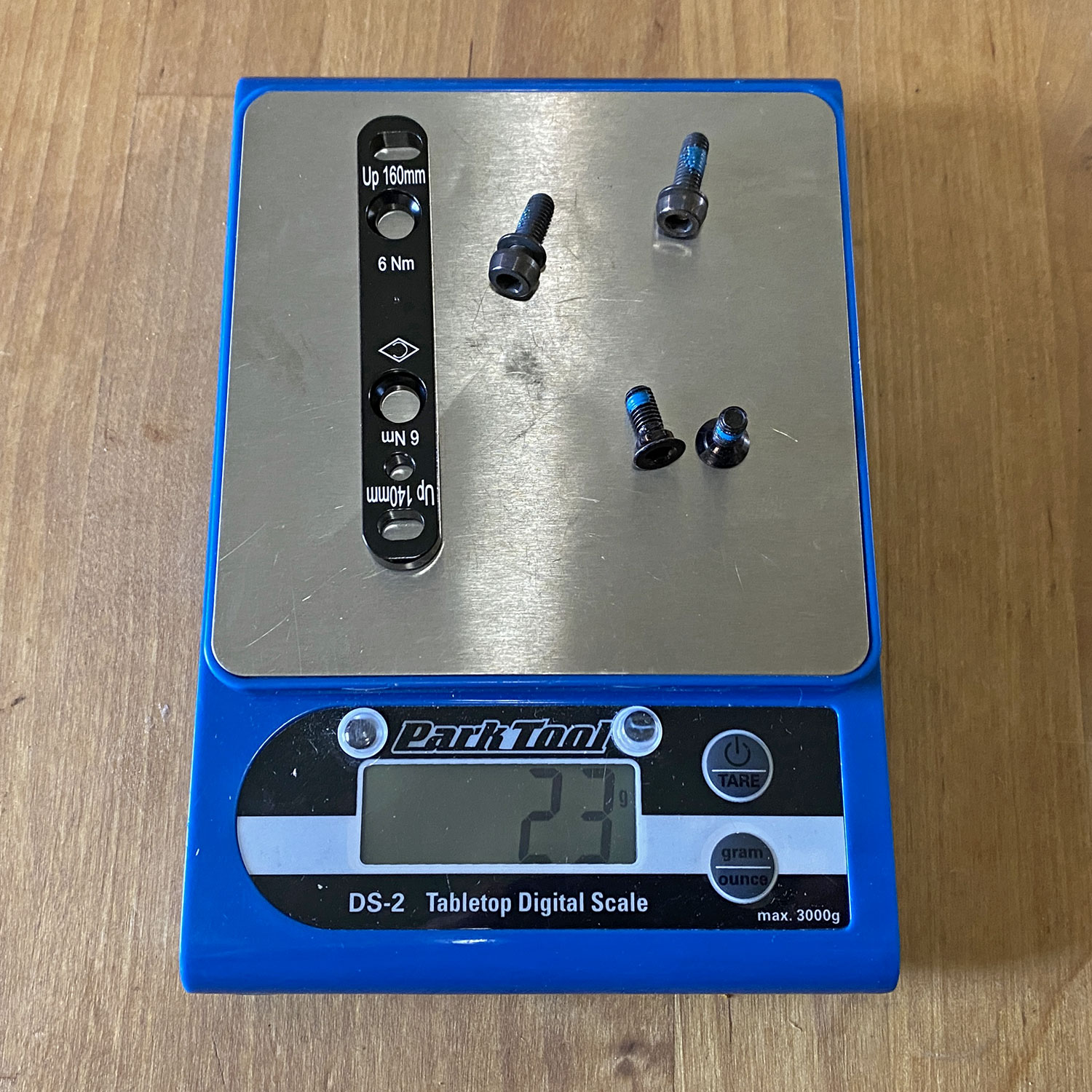
Brake hardware is a little bit tricky, as it varies depending on your setup. (Again, unchanged from original Ekar, though.) And maybe that’s why Campagnolo kind of ignores it from some of their totals. We weighed the same hardware again to mount 160mm rotors front & rear, with rear bolts for a 2cm thick flat mount. You don’t need the 16g rear 140-160 adapter if you use a 140mm rear rotor. But you still need the same front adapter for either a 140 or 160mm front disc brake rotor.
Ekar 160/160 brake hardware: 51g actual.
Campagnolo Ekar 13-speed chain & BB
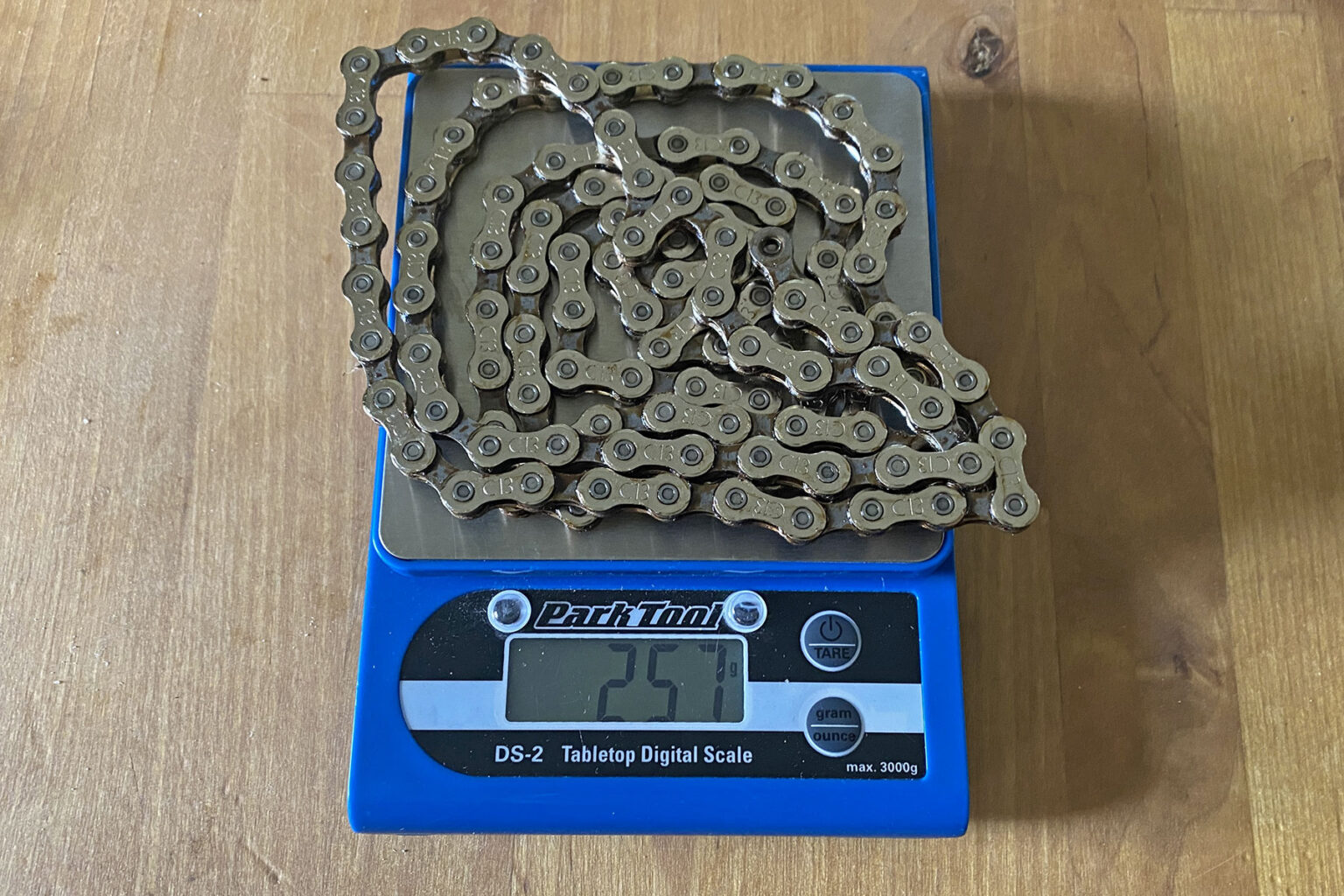
Like the brakes, Ekar GT shares the same 13-speed C13 chain and alloy bottom bracket cups as the original Ekar. Campagnolo claims 242g for the full-length 118-link C13 chain. Ours weighed fifteen grams more than that. But our previous C13 chain with Ekar was spot-on weight-wise just due to regular manufacturing variation, so I likely wouldn’t dock Ekar GT any grams for that.
Ekar C13 chain 118-links: 242g claimed; 257g actual.
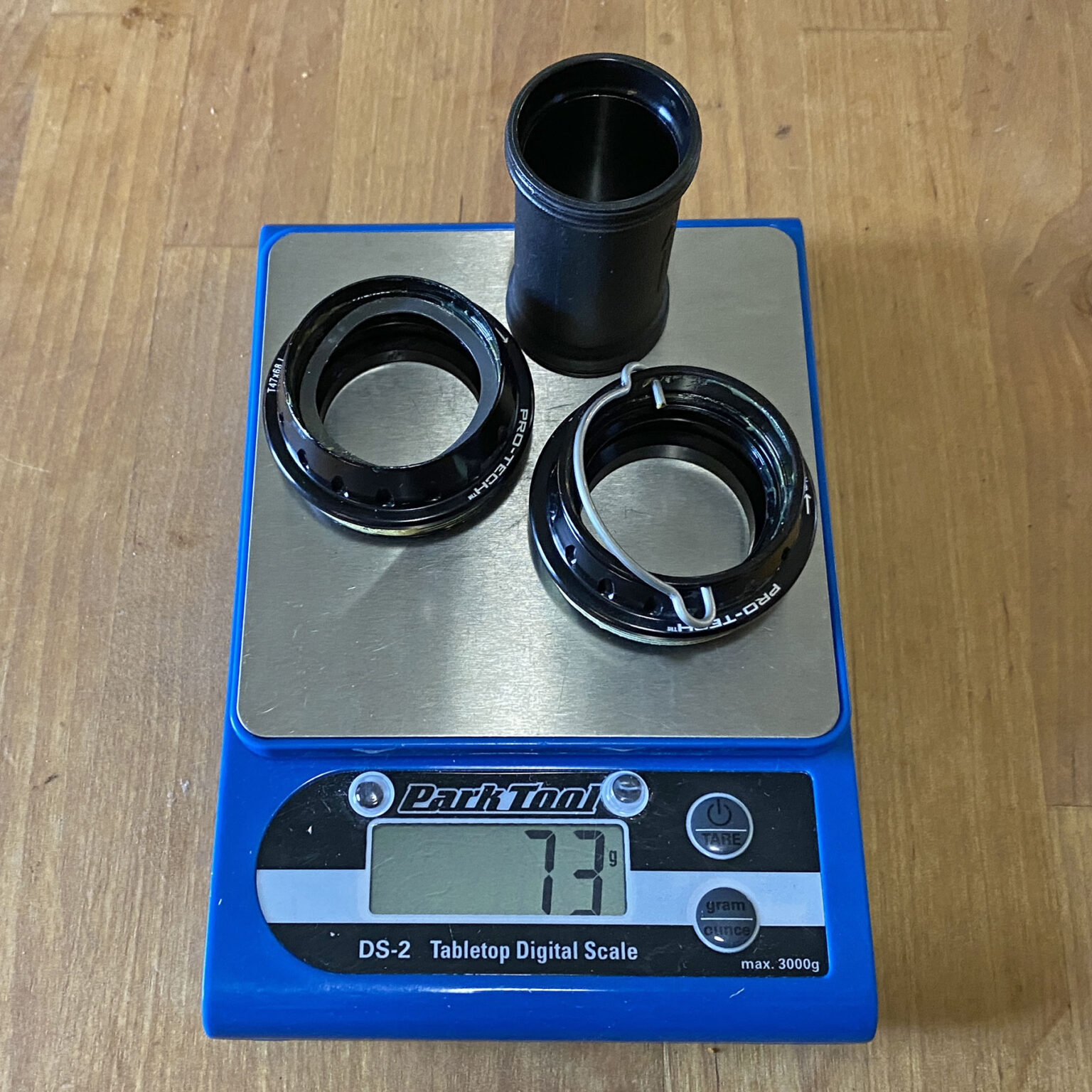
Our BB cups were a little heavier here too, but only because I’m building a bike with a T47. So the T47 cups are 70g including the 10g inner sleeve. For comparison, PressFit cups with the sleeve are 50g.
Ekar PF30 BB cups: 50g claimed; 50g actual. T47 cups: 70g actual.
A complete Campy Ekar GT gravel bike build
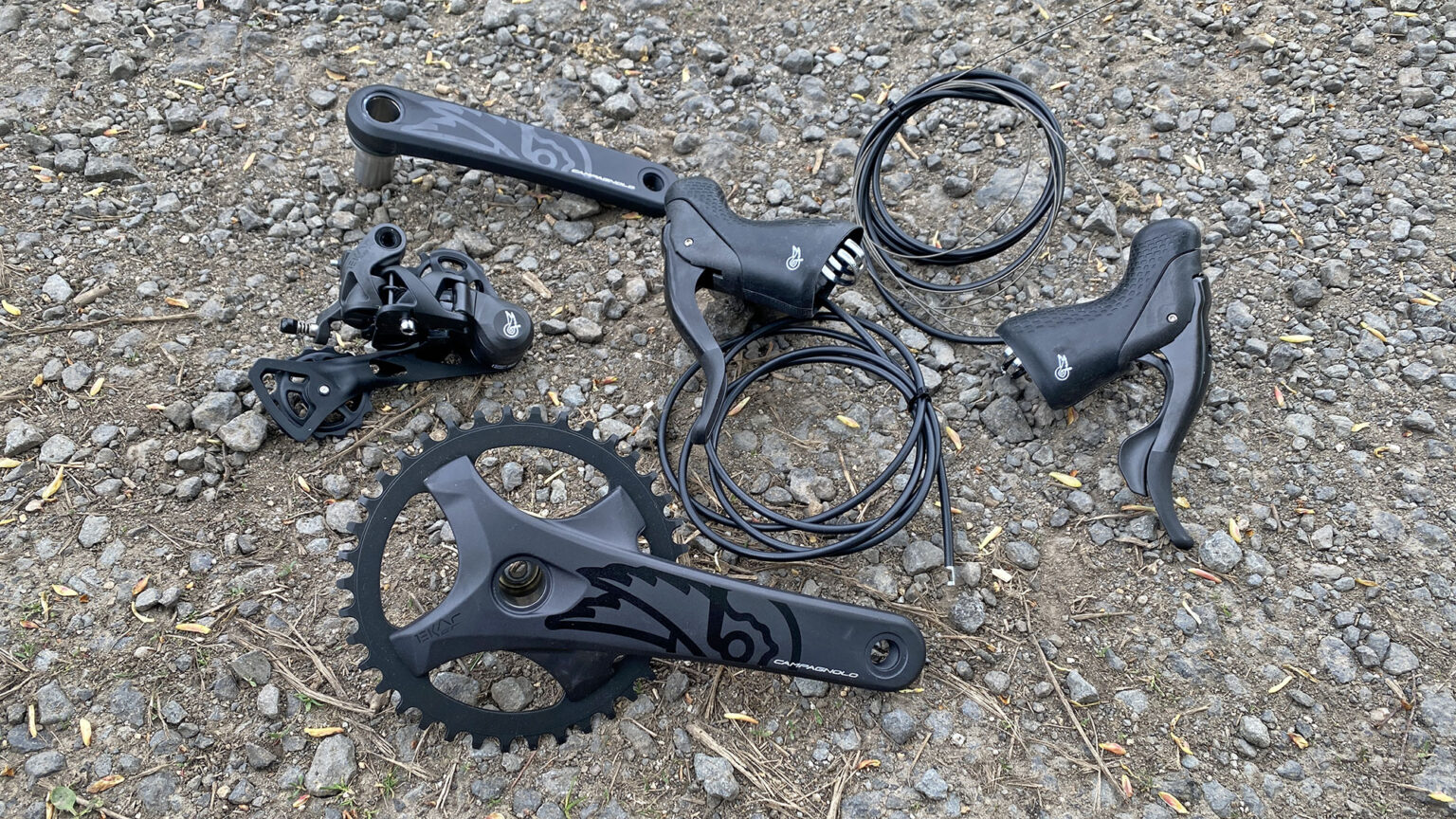
That’s it. My complete made-in-Europe Campagnolo Ekar GT gravel bike build with 160mm rotors front & rear and a 38 x 9-42T drivetrain adds up to 3022g uncut. Realistically, now that I’ve trimmed shift housing, brake lines, and the chain to the proper length, I’ve drop a few grams under 3kg. Let’s call it 2999g for good measure.
I could save 50g by choosing 140mm rotors. But I will also gain back 62g when I invariably swap to the bigger 10-48T cassette.
Compare that with the claimed total Campagnolo Ekar GT weight of 2700g. Or the Ekar GT claimed 2890g when you go item-by-item. Again we find manufacturer claims to be unrealistically optimistic – ignoring key things like brake pads, mounting bolts, hydraulic oil & normal gearing ratios.
In the end, comparing apples to apples, the $1600 / 1490€ Ekar GT groupset is 250g heavier than Ekar. And 210€ cheaper.
Want the full tech details on the complete new gravel groupset? Check out our Campy Ekar GT coverage here. And stay tuned for a full review later this year.
It is lighter than either SRAM Apex 12sp’s mechanical or Apex, or either Rival or Force AXS electronic groupsets when you compare similar gearing spreads. Apex is cheaper, even a bit less with Apex AXS, or Rival AXS (at least in the US). But Force AXS costs quite a bit more. It’s also cheaper than the latest Shimano GRX 12-speed mechanical, and almost exactly the same weight.
Now it’s just time for me to build it up and see how it rides!
